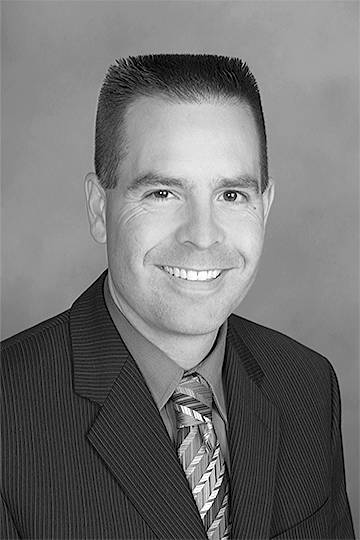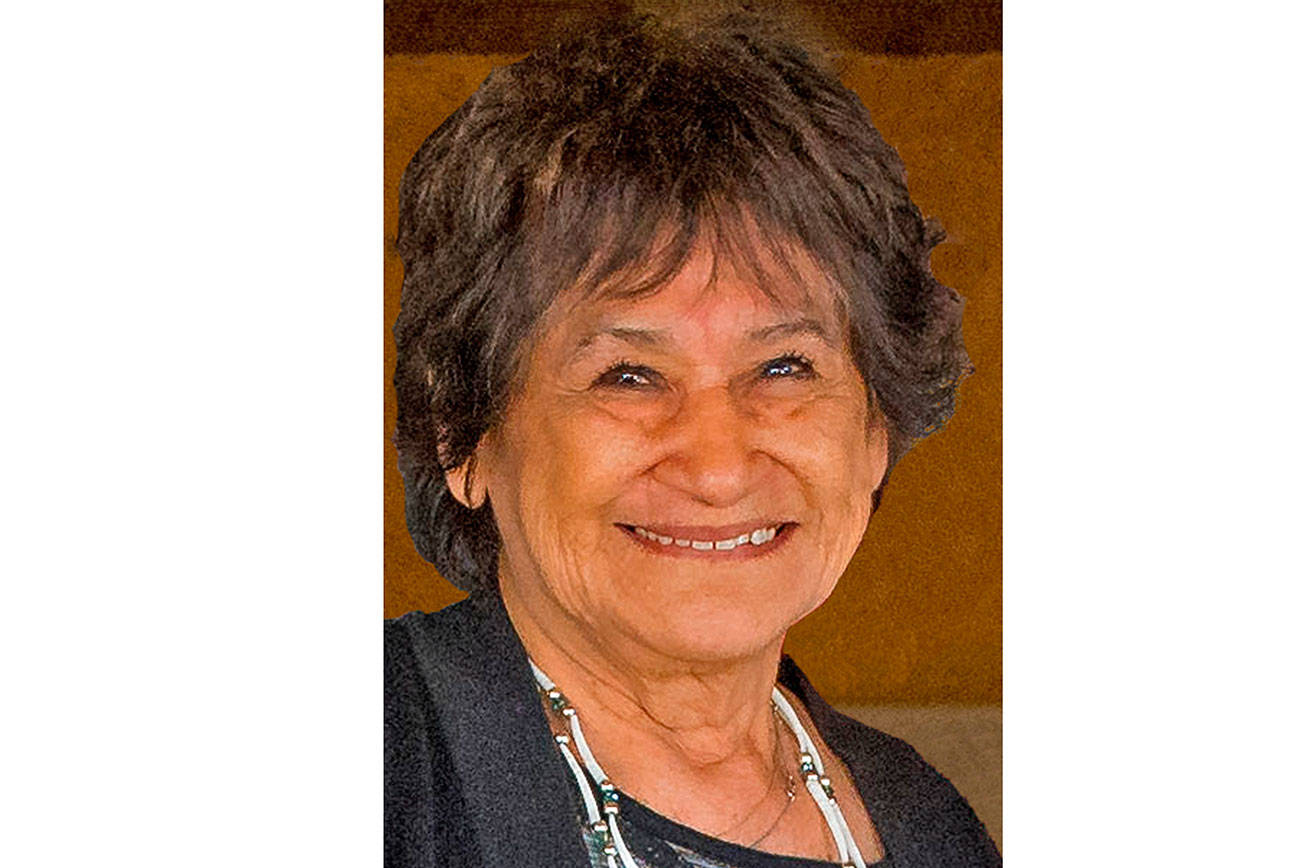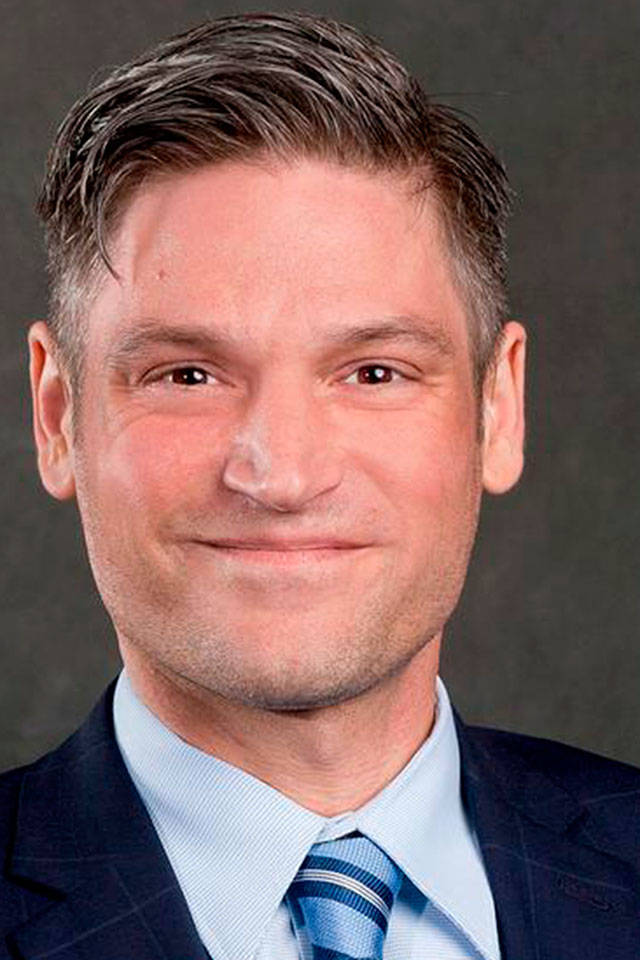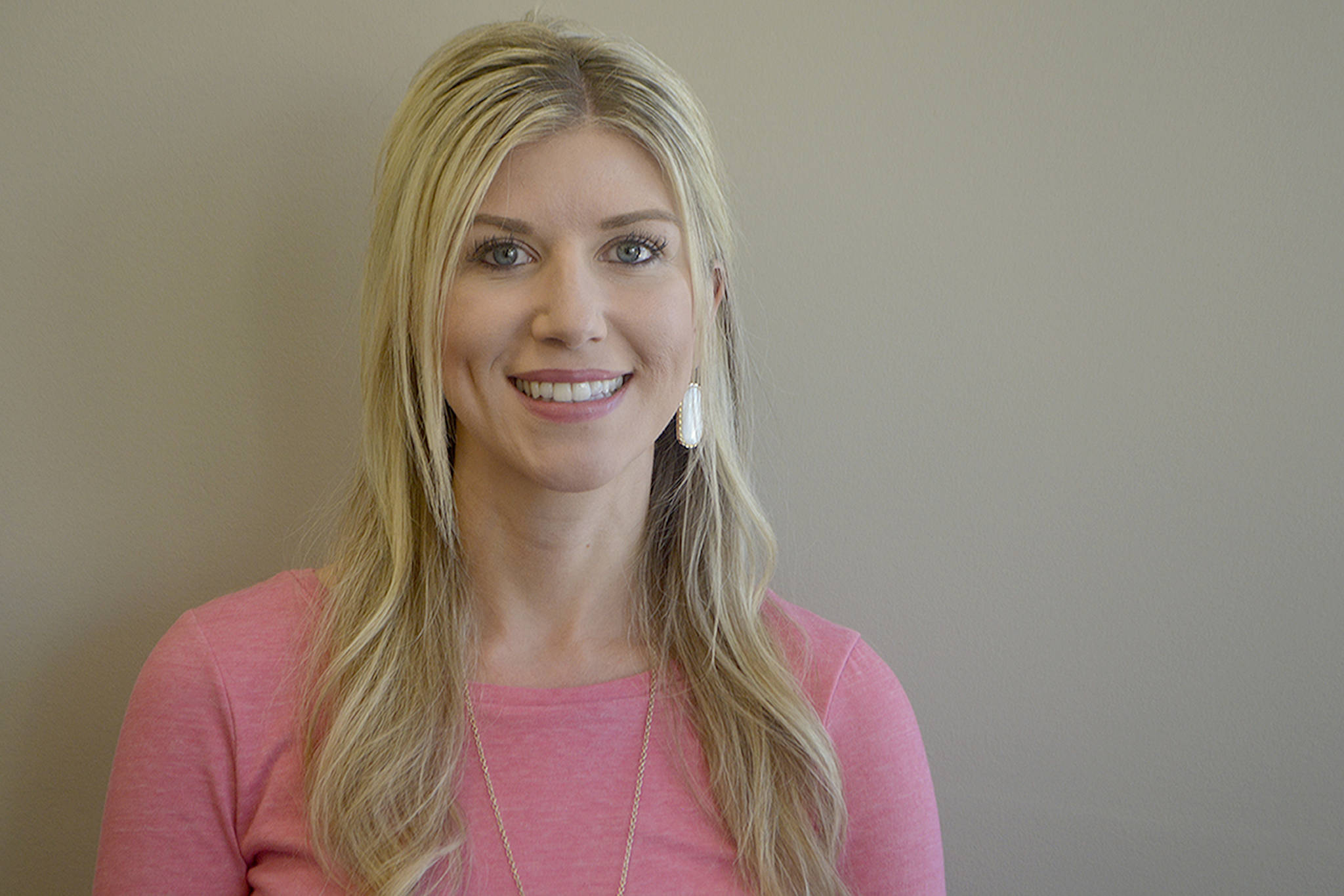In last month’s column I wrote about the various sources of city revenue. This month I’ll look at expenditures as we continue to work on the 2019-2020 biennial budget.
People rely on cities for core services like public safety, streets, utilities and parks.
A look at city expenses reflects those priorities and services.
Figures used for the following are from Marysville’s 2017-2018 budget.
•City Operations, including Law and Justice (36 percent of total expenses):
Most expenses related to general city operations and administration come from the city’s General Fund. Law, Safety and Justice programs including police, courts and fire services make up more than two-thirds of that fund’s expenses.
In recent years the city has added more officers, and we intend to continue that trend.
The balance of General Fund expenses goes toward these programs and services: Non-Departmental 11 percent (including general government contracts and transfers), Parks and Recreation 6 percent, Community Development 5 percent, Finance 5 percent, Executive/Council 4 percent, Engineering 3 percent. •Water/Sewer Operations (22 percent):
The city provides water service 24/7, supplying about 3 million gallons of quality drinking water per day to more than 19,000 homes and businesses.
To do so the city maintains more than 300 miles of water mains, seven reservoirs, five deep wells and more.
Marysville’s sewer collection system safely treats and discharges about 5 million gallons per day for more than 17,000 homes and businesses.
To do so we maintain about 230 miles of mainline sewer pipes, the wastewater treatment plant and 15 sewer lift stations.
Finally, our Surface Water division helps control runoff from development and maintains the city’s stormwater treatment.
•Utilities – Construction, Services, Debt Service (16 percent):
Expenses include capital projects related to construction and upgrades to water, sewer and surface water infrastructure.
The most-recent large project was the $2.65 million Sunnyside Well treatment project.
Projects like that are critical to being able to supply a large portion of our own water rather than paying significantly more to purchase it from other sources.
•Streets – Construction, City and Arterial Streets (14 percent):
That includes design, construction, preservation and maintenance of new road projects, 421 lane miles of city streets, and arterial highways within the city.
It also includes signage, signals and crosswalks plus seasonal work involving snow and ice removal, and vegetation control.
The city aggressively seeks grant funds and funding partners, and has been successful in receiving federal, state and county funds to help pay for road construction projects.
Marysville voters also approved a Transportation Benefit District to help pay for road maintenance and projects.
•Parks Capital and Golf Course Operations (2 percent):
Design and construction of the Ebey Waterfront Park and Trail were the largest Parks capital projects in recent years.
Operation of Cedarcrest Golf Course also is included here.
•Other (10 percent):
That includes tourism development, technology infrastructure and administering Community Development Block Grant funds within our community, among others.
If you want to know more about the city’s budget process or review details for yourself, go to www.marysvillewa.gov/123/Finance.
The City Council and I are committed to being responsible stewards of your tax dollars.
When I present my draft recommended 2019-2020 biennial budget for public review in November, I invite you to review and comment on your own priorities for city services.
Marysville Mayor Jon Nehring writes a monthly column for this newspaper.








